Anhui Feichun Special Cable Co.,Ltd Li.wang@feichuncables.com
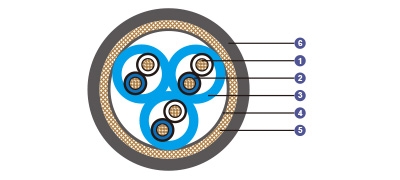
PiMF/TiMF 150/250V XLPE Insulated, LSOH (SHF1) Sheathed, Individual Screened & Armoured Flame Retardant Instrumentation & Control Cables (Multipair/Multitriple)
Application | These cables are used on board of ships at all locations for fixed installations complying with IEC standards 60092-352. These cables are flame retardant, low smoke & halogen free, suitable for installations on passenger ships, as on other commercial vessels. |
Standards | IEC 60092-350/351/376/359 |
Construction | |
Conductors | Class 2 stranded copper conductor. |
Insulation | XLPE. |
Cabling Element | Pair/Triple. |
Individual Screen | Al/polyester tape. |
Drain Wire | Tinned copper wire. |
Inner Covering | Lapped polyester tape. |
Armour | Copper wire braid. |
Outer Sheath | LSOH (SHF1). SHF2 can be offered upon request. |
Core Identification | Pair: White/blue with printed pair number and core number. |
Mechanical and Thermal Properties | Bending Radius for Fixed Installations: 6×OD |
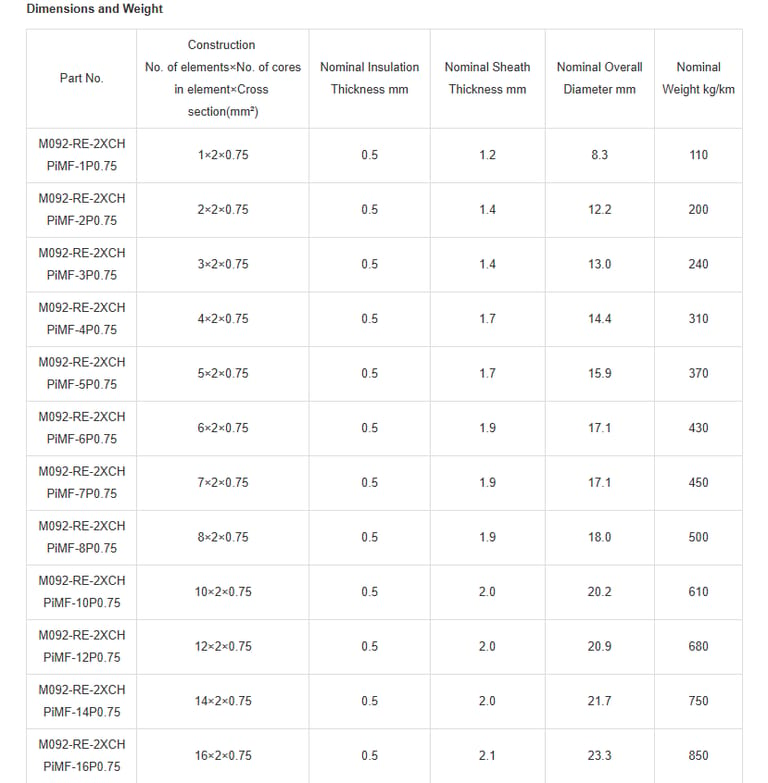
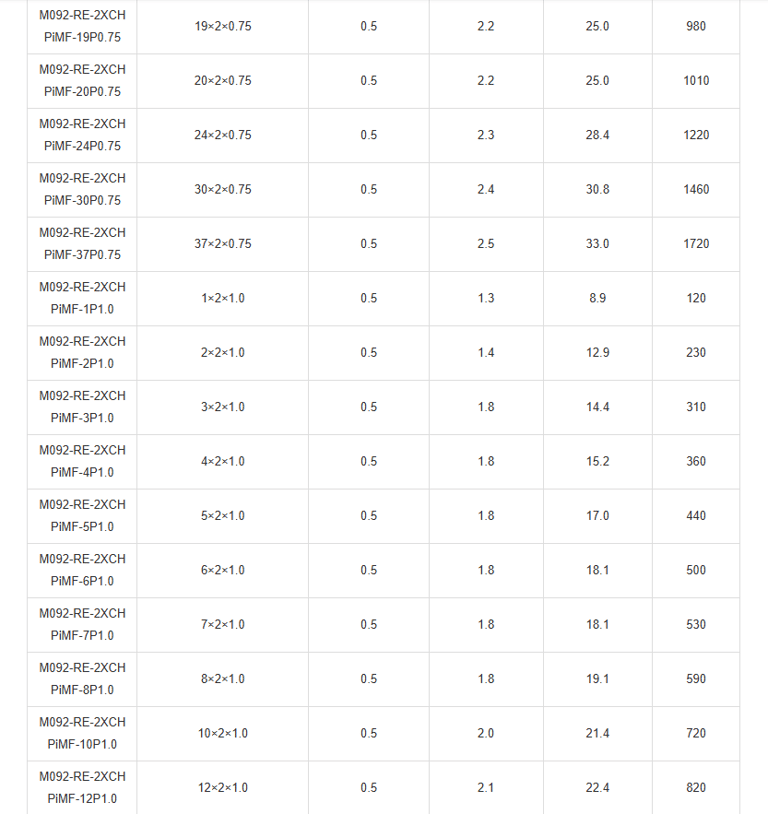
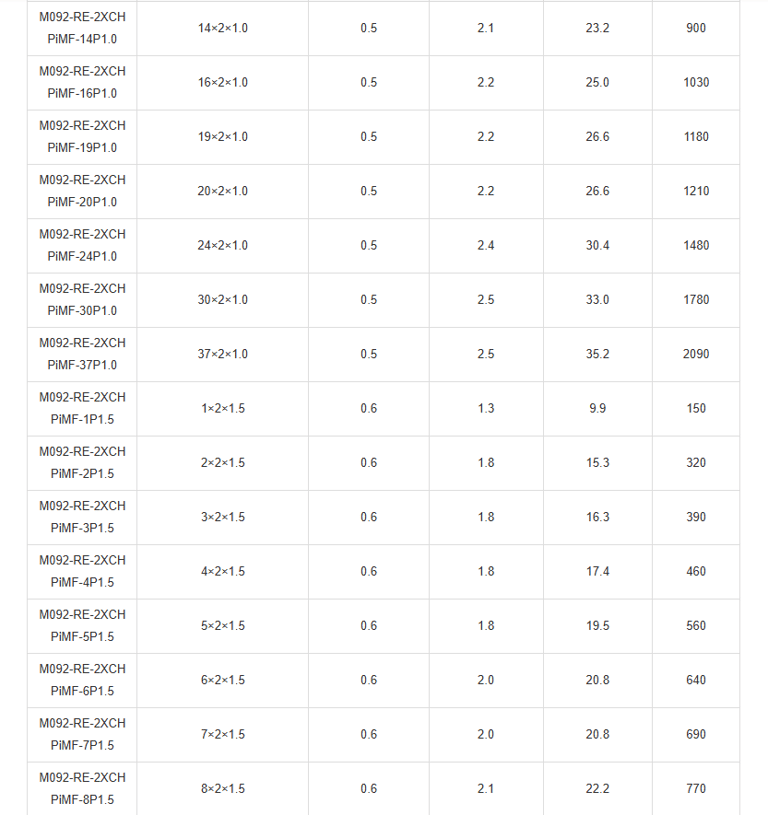
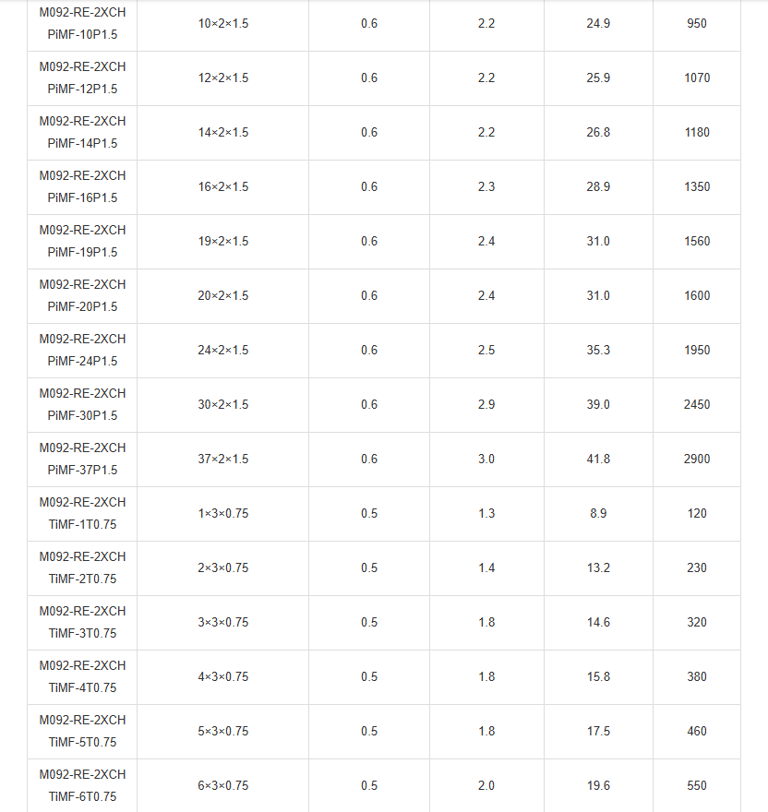
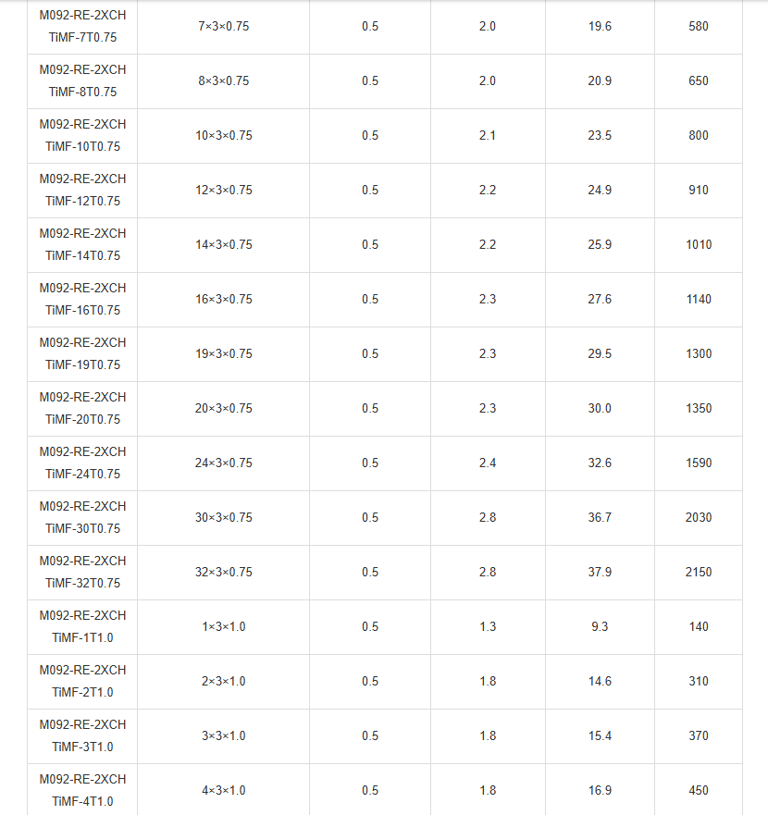
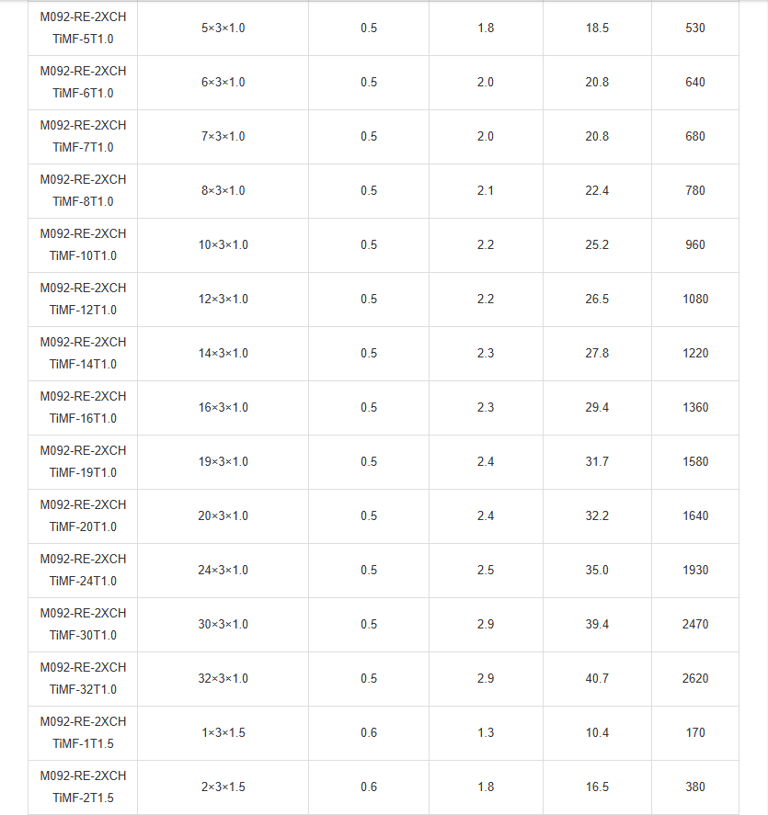
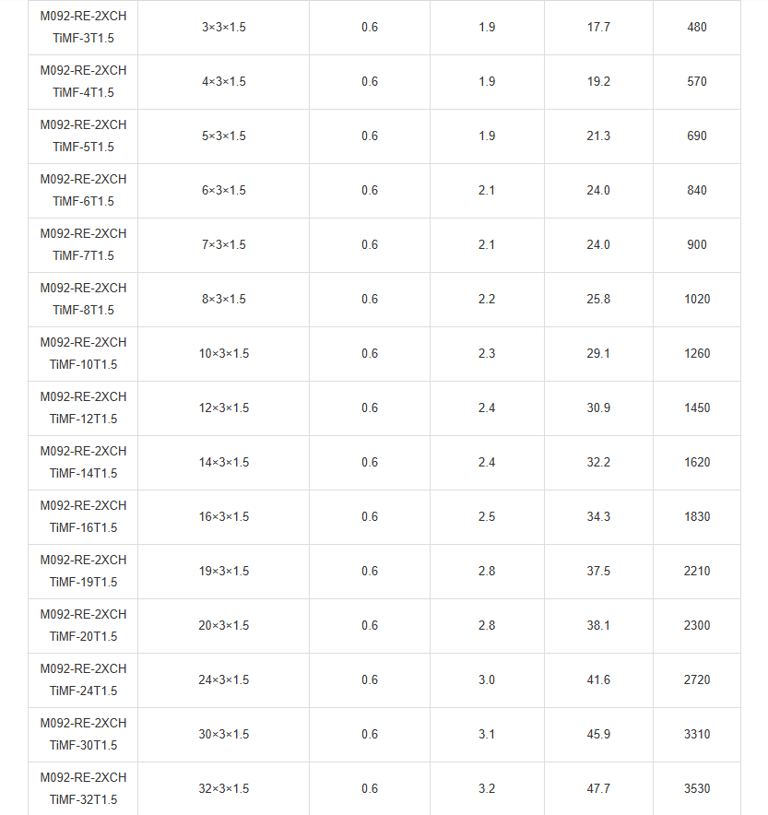
Introduction
In the vast and challenging environment of the open sea, reliable communication and control systems are the lifeline of any vessel. From colossal cruise liners to rugged commercial ships, the intricate network of instrumentation and control cables ensures seamless operation of critical systems. Among these, PiMF (Pair in Metal Foil) and TiMF (Triple in Metal Foil) 150/250V XLPE insulated, low smoke zero halogen (LSOH) sheathed, individually screened, flame-retardant cables stand out as a cornerstone of modern marine engineering. Designed to meet stringent international standards, these cables are engineered for fixed installations on ships, offering unparalleled safety, reliability, and performance.
Understanding PiMF/TiMF Cables
What Are PiMF and TiMF Cables?
PiMF and TiMF cables are specialised instrumentation and control cables designed for use in harsh marine environments. The acronyms stand for Pair in Metal Foil and Triple in Metal Foil, referring to their construction, which includes pairs or triples of conductors individually screened with aluminium/polyester tape to minimise electromagnetic interference (EMI). Rated for voltages of 150/250V, these cables are used for transmitting low-power signals in control, monitoring, and communication systems aboard ships.
The cables feature cross-linked polyethylene (XLPE) insulation, which provides excellent electrical properties and thermal stability, and a low smoke zero halogen (LSOH) outer sheath, specifically of the SHF1 type, with SHF2 available upon request. The LSOH sheath ensures minimal smoke emission and zero halogen release in the event of a fire, making these cables ideal for passenger ships and other vessels where safety is paramount.
Key Applications in the Maritime Industry
PiMF and TiMF cables are used in fixed installations on board ships, where they connect instrumentation and control systems that monitor and manage critical functions such as navigation, engine control, and communication. These cables are designed to comply with the International Electrotechnical Commission (IEC) standard 60092-352, which governs the selection and installation of electrical cables for marine applications. Their flame-retardant properties, low smoke emission, and halogen-free composition make them suitable for all shipboard locations not subject to mechanical stress, including passenger ships, cargo vessels, and offshore platforms.
The cables’ ability to operate reliably in extreme conditions—such as high humidity, saltwater exposure, and temperature fluctuations—ensures their widespread use in marine environments. They are critical for systems requiring high signal integrity, such as automated control systems, fire detection systems, and data communication networks.
Standards Governing PiMF/TiMF Cables
The design and performance of PiMF and TiMF cables are governed by a suite of IEC standards, ensuring they meet rigorous safety and operational requirements. These standards include:
IEC 60092-350/351/376/359: These standards outline the general requirements for electrical installations in ships, including cable construction, insulation, and performance specifications.
IEC 60332-1 and IEC 60332-3-22: These specify flame-retardant properties, ensuring the cables resist fire propagation in single and bundled configurations.
IEC 60754-1/2: These standards confirm that the cables are halogen-free, preventing the release of toxic gases during combustion.
IEC 61034: This standard ensures low smoke emission, critical for maintaining visibility and safety during a fire.
Compliance with these standards makes PiMF and TiMF cables a trusted choice for marine applications, where safety and reliability are non-negotiable.
Advantages in Marine Applications
Safety First
The flame-retardant, low smoke, and halogen-free properties of PiMF and TiMF cables make them a critical component in ensuring passenger and crew safety. In the event of a fire, these cables minimise the release of toxic gases and smoke, allowing for safer evacuation and firefighting efforts. This is particularly important on passenger ships, where large numbers of people may be on board.
Reliability in Harsh Conditions
Marine environments expose cables to saltwater, humidity, and temperature extremes. The XLPE insulation and LSOH sheath provide robust protection against corrosion and degradation, ensuring long-term reliability. The cables’ ability to operate in temperatures as low as -30°C and as high as +80°C makes them versatile for global maritime operations.
Electromagnetic Compatibility
The individual screening of each pair or triple, combined with tinned copper drain wires, ensures excellent electromagnetic compatibility (EMC). This is crucial in preventing signal interference in complex shipboard systems, where multiple electronic devices operate in close proximity.
Flexibility in Design
With a wide range of configurations (from 1 to 37 pairs or triples and cross-sections of 0.75 mm² or 1.0 mm²), these cables offer flexibility for various applications. Whether for simple monitoring systems or complex control networks, engineers can select the appropriate cable to meet specific requirements.
PiMF and TiMF 150/250V XLPE insulated, LSOH sheathed, individually screened, flame-retardant cables are a vital component of modern maritime engineering. Their robust construction, compliance with stringent IEC standards, and safety-focused design make them indispensable for ensuring reliable communication and control on ships. From their flame-retardant properties to their ability to withstand harsh marine conditions, these cables embody the intersection of safety, reliability, and performance. As the maritime industry continues to innovate, PiMF and TiMF cables will remain a critical link in the chain of connectivity, powering the vessels that navigate our oceans.

Email Address: Li.wang@feichuncables.com
© 2025. All rights reserved.


One-click to Quickly Contact
Products
Offshore & Marine Cable
XLPE Cable
Contact
Company
Location:
Building A Private Science and Technology Park, Hefei Economic and Technological Development Zone, Anhui Province, China
